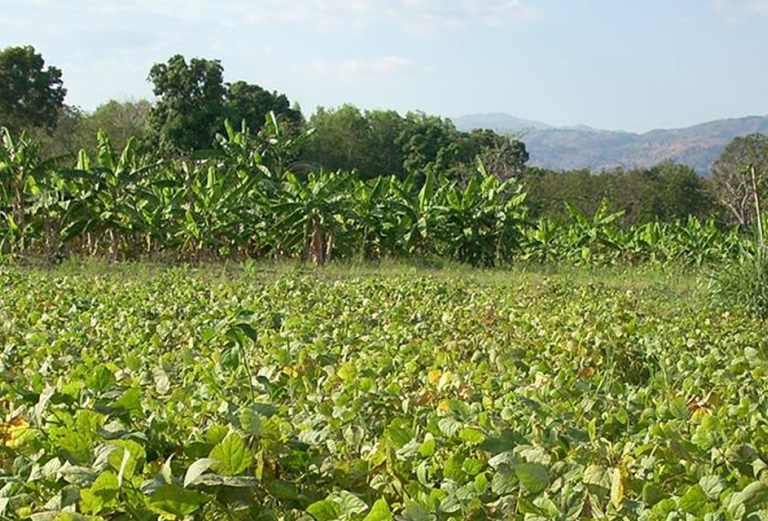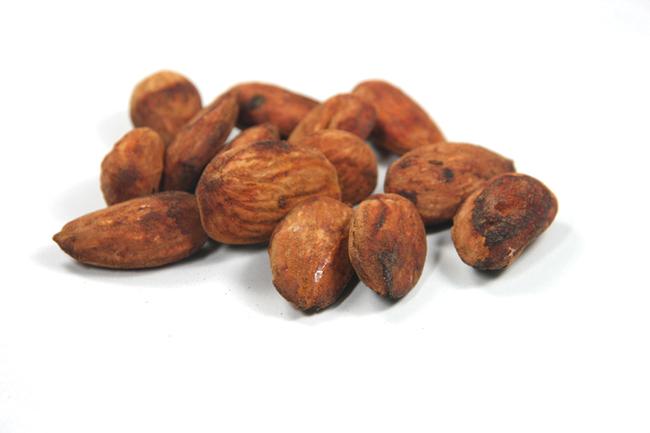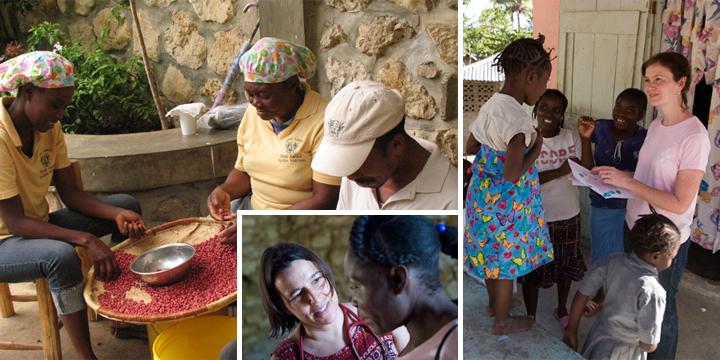
Consider the peanut, the simple groundnut, a staple of ballparks and beer gardens in this country, and, when sporting a top hat and a monocle, an internationally recognized trademark for snack products. But now consider that the peanut, this everyman’s legume, just might be the fuel for a nutritional revolution—one that could, in a cost-effective and sustainable manner, improve the chances for therapeutic success among millions of people suffering from infectious diseases in developing countries.
Infectious diseases such as HIV and multidrug-resistant tuberculosis can swiftly wipe out the body’s immune defenses. In the battle against these and other diseases that disproportionately afflict the poor, medications are indispensable. But so is food, says Joia Mukherjee, an HMS associate professor of global health and social medicine.

“Nutrition underlies everything,” says Mukherjee, who, as chief medical officer for the international care organization Partners In Health, has cared for the sick in such low-income countries as Haiti, Lesotho, Malawi, Peru, Russia, and Rwanda. “The link between chronic malnutrition and infectious killers—including malaria, cholera, and pneumonia—is very tight.”
And it’s not just a matter of calories. The right blend of proteins and fats is essential; without it, the immune system becomes deranged, hastening death long before malnutrition itself can cause irreversible tissue and organ damage. To address this, Mukherjee and colleagues treat severe malnutrition using ready-to-use therapeutic food, or RUTF. This nutritional supplement can take a couple of forms, but a popular one is a high-calorie blend of peanuts, oil, sugar, milk powder, vitamins, and minerals.

Louise Ivers, an HMS assistant professor of global health and social medicine, and senior health and policy advisor for Partners In Health in Haiti, is comparing the health impact of two kinds of RUTF: the peanut mixture and another made of rice, oil, and sugar augmented with corn and soy. In the initial stages of a consumptive disease, the body burns calories at a heightened rate, so getting nutrients to patients early in the course of infection can save lives. Backed by National Institutes of Health funding, and employing focus groups, direct health measures, and proxies for health status—for example, children’s school attendance—Ivers aims to highlight how food affects the fragile societal safety nets on which life also depends.
That nutritional supplements such as RUTF work in beating back disease is abundantly clear. “We’ve shown they’re associated with better clinic attendance and greater weight gain,” Ivers says, citing her 2010 study in AIDS Research and Therapy. Maximizing food’s power to cure and prevent disease is an ambitious goal, she concedes—but one that offers a durable lifeline to millions worldwide.